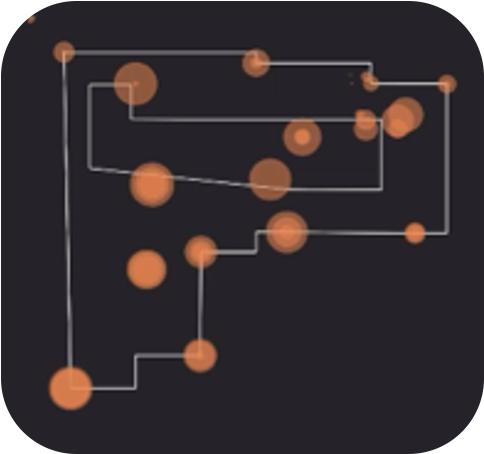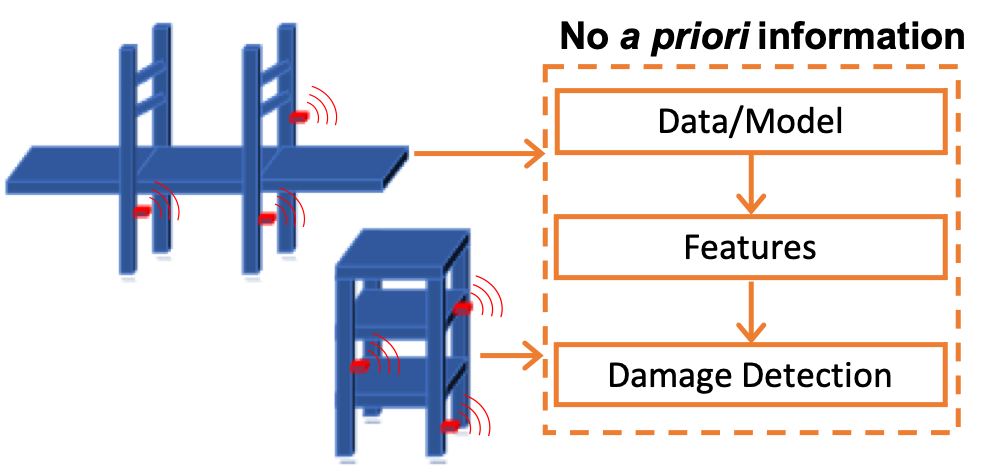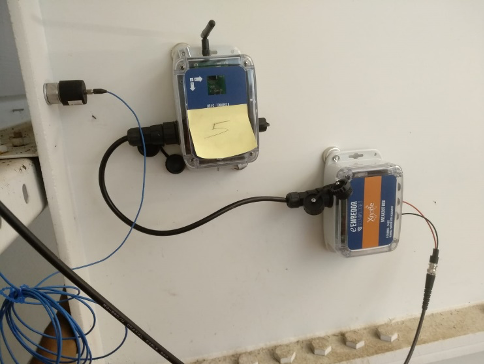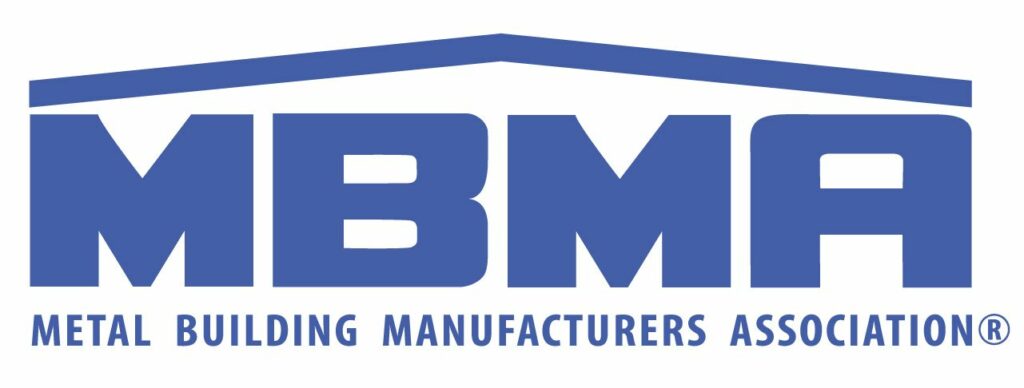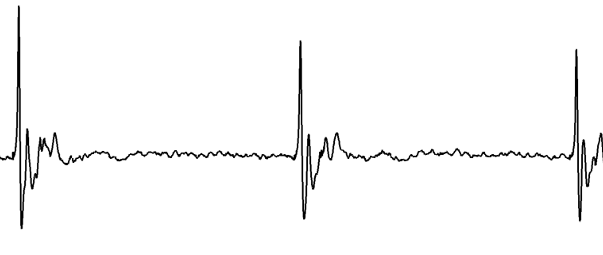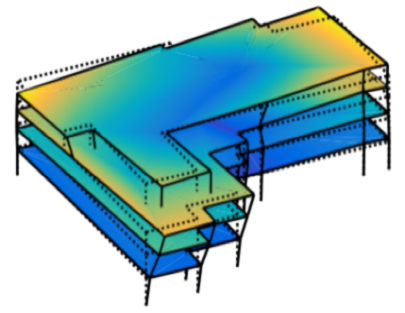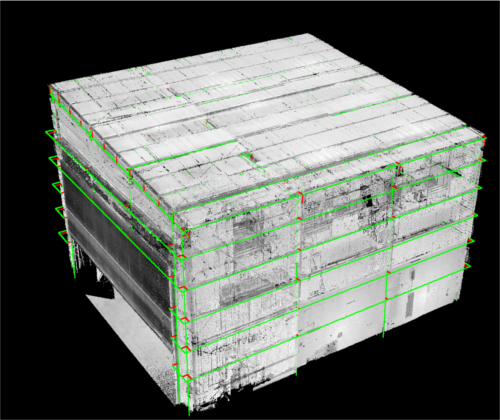In order to make informed decision about structural integrity or building operations, it is important to search, organize, and visualize vast amounts of vibration data effectively. We are using the highly-instrumented Goodwin Hall Smart Building as a platform for real-time data visualization to address some of the fundamental and practical challenges in this field.
Collaborators: Zhiwu Xie (Virginia Tech)

